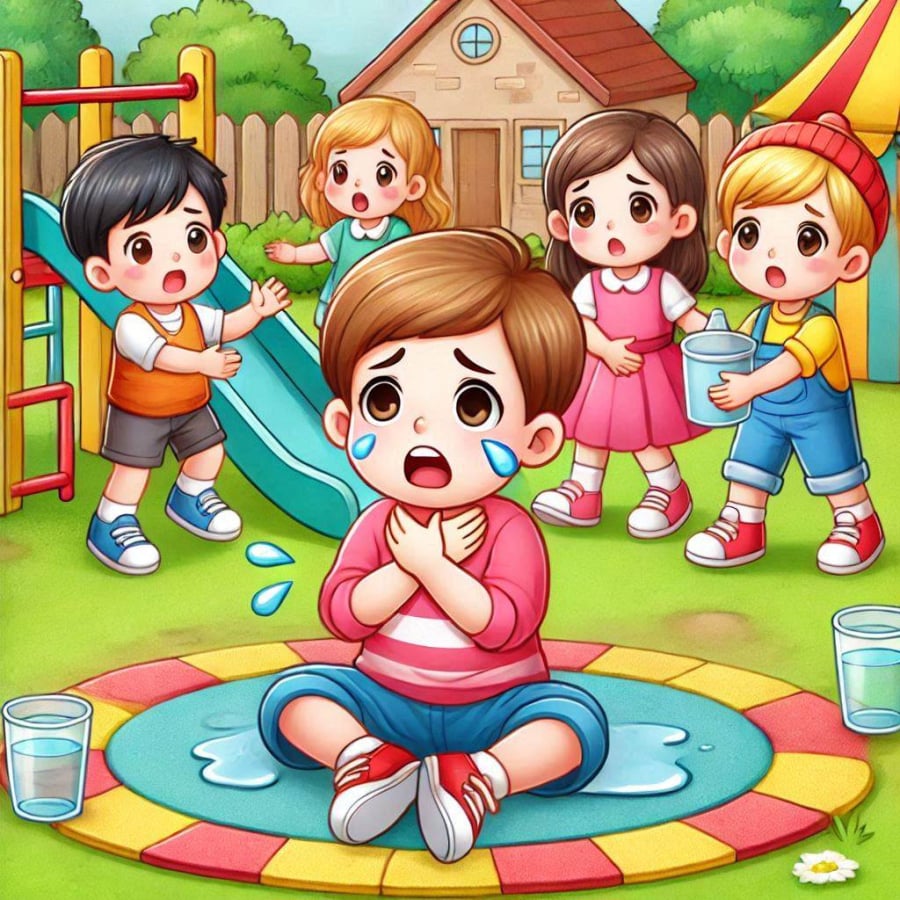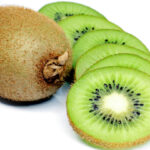Cold, dry air creates favorable conditions for the proliferation of viruses and bacteria. They survive longer in the air during this season, easily spreading through respiratory droplets between individuals. According to Master’s graduate and pediatrician Hoang Minh Tien from the Department of Pediatrics at Tam Anh Hanoi General Hospital, there has been a rise in the number of children suffering from pneumonia, bronchitis, and bronchiolitis during this period.
In addition to environmental factors, children’s low immunity, coupled with improper care, are the main causes of increased susceptibility to respiratory illnesses. If left untreated or improperly managed, these respiratory infections can lead to severe complications such as lung abscesses, lung collapse, respiratory failure, and even death. Here are some behaviors that may harm your child’s lungs during cold weather:
Inadequate clothing: Not dressing warmly enough can make children susceptible to cold temperatures, irritating their airways and causing lung damage. Cold weather causes blood vessels near the skin’s surface to constrict, reducing blood circulation, and leading to dry respiratory mucosa and weakened immunity. Pathogens can now easily enter through a child’s nose and mouth.
Parents should pay attention to keeping sensitive areas of their child’s body warm, such as the nose, neck, chest, and feet. Ensure they wear turtlenecks, scarves, gloves, thick socks, shoes, and hats that cover their ears. Don’t forget to use a face mask whenever they go out.

Parents should pay attention to keeping sensitive areas of their child’s body warm
Foot baths with herbal infusions: This practice is not suitable for young children. Children’s skin is very delicate, and it’s challenging to control the temperature and duration of the footbath. Many herbs can irritate their skin, and young children tend to fidget, increasing the risk of accidental burns.
Dr. Tien recommends that only children aged 6 and above should use foot baths with ingredients like ginger, eucalyptus, or peppermint oil to stay warm and improve blood circulation. Maintain a water temperature of around 40-50°C to avoid scalding or cracking the skin on their feet. Limit the footbath to about 15 minutes to ensure it doesn’t affect blood circulation and protect the child’s heart, lung, and brain health. It’s best to schedule footbaths at least 30 minutes after meals so the body can focus on digesting food efficiently.
Staying in a closed room with air conditioning: While this may shield children from the cold wind, it also reduces air exchange, leading to increased levels of pollution, CO2, and respiratory pathogens like viruses, bacteria, and fungi. Doctors advise parents to open windows for 1-2 hours when the temperature rises during the day or to install exhaust fans to bring in fresh air.
Using heating systems incorrectly: Improper use of heating systems can lead to dry air, negatively impacting the mucous membranes of the nose and lungs in young children. Using wood or coal for heating in enclosed spaces can pose fire hazards or carbon monoxide poisoning risks. Parents should choose heating equipment suitable for the space and area. Using a humidifier can help regulate moisture in the air, benefiting children’s health.
Not washing hands frequently: This provides an opportunity for bacteria and viruses to enter the body.

Children should wash their hands with soap and warm water before meals and after using the toilet. Parents should bathe their children in warm water in a windproof space, using soft towels and warm clothes afterward. Limit bath time to 5-7 minutes. After bathing, apply warming oils like eucalyptus or camphor oil to the back, chest, and palms, and don’t forget to put on socks.
Inadequate nutrition: A diet lacking in essential nutrients during cold weather can lead to nutritional deficiencies, weakening children’s immunity and increasing their susceptibility to respiratory illnesses, negatively impacting their lungs. Prioritize providing your child with fresh fruits and green vegetables rich in vitamin C, such as kale, broccoli, guava, oranges, lemons, and kiwis, to help their bodies combat the harmful effects of free radicals and pollution.
Include vitamin A-rich foods like carrots, sweet potatoes, tomatoes, and papayas to support the digestive system and regenerate respiratory epithelium. Proteins from cereals, seafood, eggs, and beans are also excellent choices to boost immunity. Ensure your child stays hydrated by offering water throughout the day, maintaining blood circulation, reducing irritation, and soothing sore throats. During cold weather, offer warm water, warm milk, or fruit juices (not exceeding 40°C).
Secondhand smoke: Exposure to cigarette or pipe smoke can severely impact the lungs, reducing the elasticity of alveoli and causing respiratory obstruction. Prolonged exposure to secondhand smoke increases the risk of respiratory issues such as difficulty breathing and persistent coughing, along with various lung diseases.

Secondhand smoke exposure can lead to respiratory issues and increase the risk of lung diseases.
Lack of physical activity: A sedentary lifestyle during cold weather can weaken the immune system and lung function. Encourage your child to exercise outdoors when the weather permits, and keep an eye on air quality to protect their lung health. On days with unfavorable weather or high pollution levels, they can still engage in physical activities indoors.
Sleep: Adequate sleep is crucial for children’s overall health and well-being. Ensure your child goes to bed before 10 p.m. Minimize stimulating factors such as bright lights and loud noises, and avoid letting them go to bed hungry or overly full. Ensure they wear comfortable clothing and sleep in a relaxed position. Protect them from psychological trauma, such as threats or scolding, which can impact their sleep quality.
Finally, parents should ensure their children are up to date with vaccinations to protect them from infectious diseases like influenza, pneumococcus, tuberculosis, diphtheria, pertussis, and measles. If your child exhibits any unusual symptoms, such as refusing to feed, loss of appetite, prolonged crying, runny nose, coughing, fever, or wheezing, seek medical attention promptly. Do not administer any medication without a doctor’s prescription to avoid adverse effects on your child’s health.




































